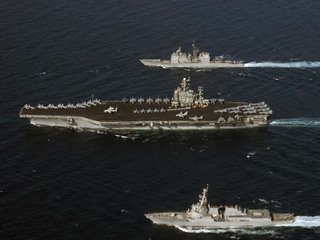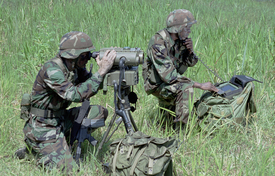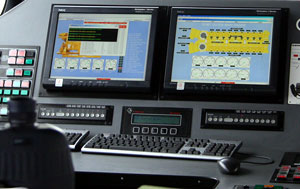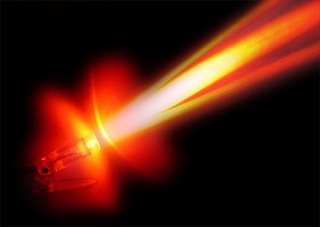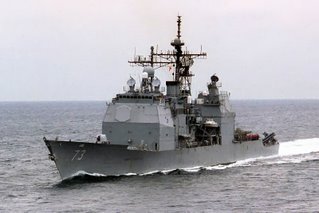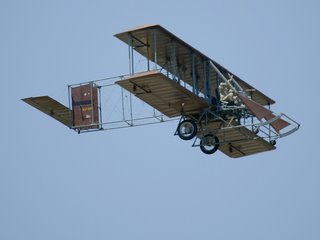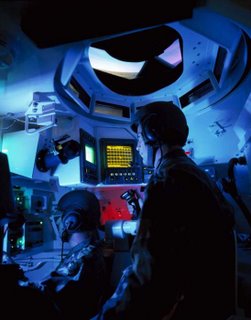
Posted by John Keller
I ran across a new study about "hybrid war," which would combine elements of conventional nation-on-nation conflict, as well as non-state terrorism, insurgency, and even crime. At the heart of hybrid war is a merging in the forms of conflict such that it would blur the distinction between war and peace.
The first thing I thought of is a question: what would be the best strategy in hybrid warfare? Then it came to me: go to war, yet convince the enemy you're still at peace. Keep the enemy believing you're still at peace until you reach your core objectives. Win, in other words, before the enemy even knows he's in the game.
In that context, it doesn't require a look farther than today's headlines to cause concern. Take a poll of all the people in the United States, Canada, Europe, and Australia. Ask a simple question: are we are war? I think a third would say yes, a third would say no, and a third would say I don't know.
Are we at war today? If so, with whom? Where is the enemy? Is it Radical Islam, a belligerent China, inner-city street gangs, drug dealers, organized crime, illegal immigrants, multinational corporations, militant labor unions, Republicans, Democrats, the rich, the poor?
Does everyone agree? No? Sounds pretty blurry to me. I don't think hybrid warfare is something sometime in the future; I think it's here with us right now. The lack of resolution in Western culture today pretty much illustrates the point. If anyone has declared war on us, it's probably in their best interests to keep mum about it.
The study that got me thinking is entitled Conflict in the 21st Century: The Rise of Hybrid Wars, from the Potomac Institute for Policy Studies in Arlington, Va. The author is Research Fellow Frank Hoffman.
I think it's easy to dismiss and ignore potential signs of hybrid war merely as civil unrest, random crime, restive and misunderstood religions, or regional conflicts that don't concern us. Maybe I'm wrong, but I think this is the biggest threat of hybrid warfare -- the possibility that we might not be in the game until it's too late.
The kinds of technologies we all know well also play a big role in hybrid warfare, but not in the ways you might think. Hybrid warfare strikes at an enemy's weaknesses and bypasses its strengths. We're not talking about tank warfare in Europe or the Middle East here. We're talking about computer networks and power grids right here at home.
Hybrid warfare wouldn't be all about high-technology weaponry, either. As Hoffman points out in the study, it could combine Microsoft with machetes.
People talk about the possibility of a dirty bomb detonation in the middle of a populated metropolis. Few talk about the possibility of an electromagnetic pulse (EMP) weapon that could disable every electrical system within a hundred miles. Think about that: computers, cars, light bulbs, TVs, radios, electric crock pots -- all dead.
I think a dirty bomb attack on New York City would make us mad. An EMP bomb that delays dinner and cancels evening television all along the Eastern Seaboard would be downright demoralizing.
About 2,700 years ago military strategist Sun Tzu said basically that the best military victory is where the enemy gives up without fighting. Just to provoke a thought, I'll ask again ...
Are we at war?

